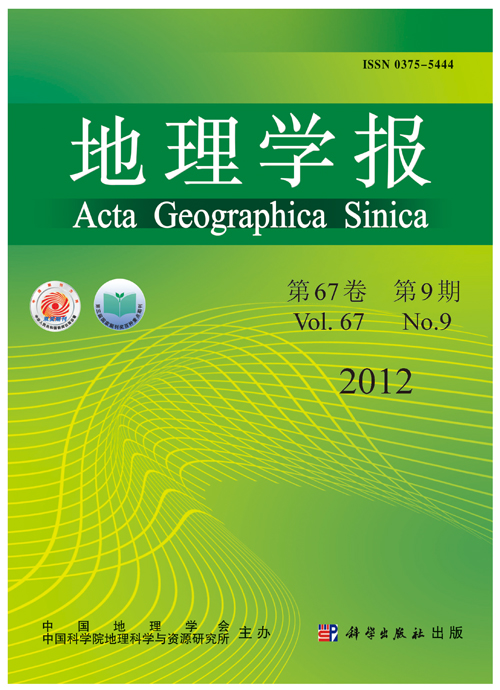MU Shaojie, LI Jianlong, CHEN Yizhao, GANG Chengcheng, ZHOU Wei, JU Weimin
Global climate change has led to significant vegetation changes in the past half century. Inner Mongolia, most of which was located in arid and semi-arid areas, is undergoing a process of prominent warming and drying. It is necessary to investigate the response of vegetation to the climatic variations (temperature and precipitation) for a better understanding of the accumulated consequence of climate change. Vegetation coverage, which is an important indicator for evaluating terrestrial environment, is used to monitor vegetation change. MODIS-NDVI data and climate data were used to analyze the vegetation dynamics and its relationship with climate change on different spatial (forest, grassland and desert biome) and temporal (yearly and monthly) scales in Inner Mongolia during 2001-2010. It was found that vegetation coverage increased from west to east across Inner Mongolia with a change rate of 0.2/10°N. During 2001-2010, the mean vegetation coverage was 0.57, 0.4 and 0.16 in forest, grassland and desert biome, respectively, exhibiting evident spatial heterogeneities. There is a slight increase of vegetation coverage over the study period. Across Inner Mongolia, the vegetation coverages with extremely significant and significant increase accounted for 11.25% and 29.13% of the total study area, respectively, while those with extremely significant and significant decrease were 7.65% and 26.61%, respectively. The correlation analysis between vegetation coverage and climate shows that annual vegetation coverage was better correlated with precipitation, while the change of monthly vegetation coverage is consistent with both the changes of temperature and precipitation, indicating that the vegetation growth within a year is more sensitive to the joint function of hydrothermal combination rather than either climate factor. The vegetation coverage of forest biome was mainly affected by temperature on both yearly and monthly scales, while that of desert biome was mainly influenced by precipitation on the two temporal scales.
